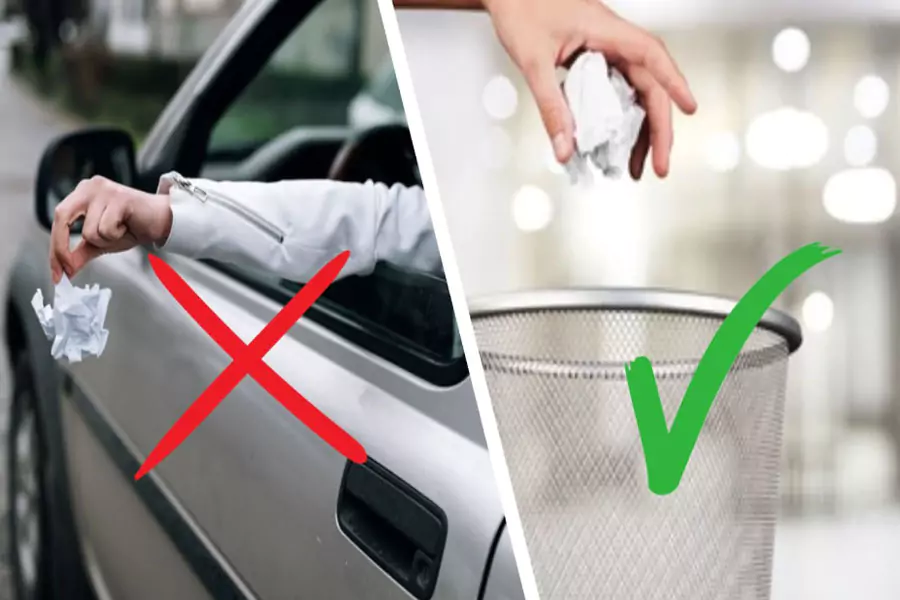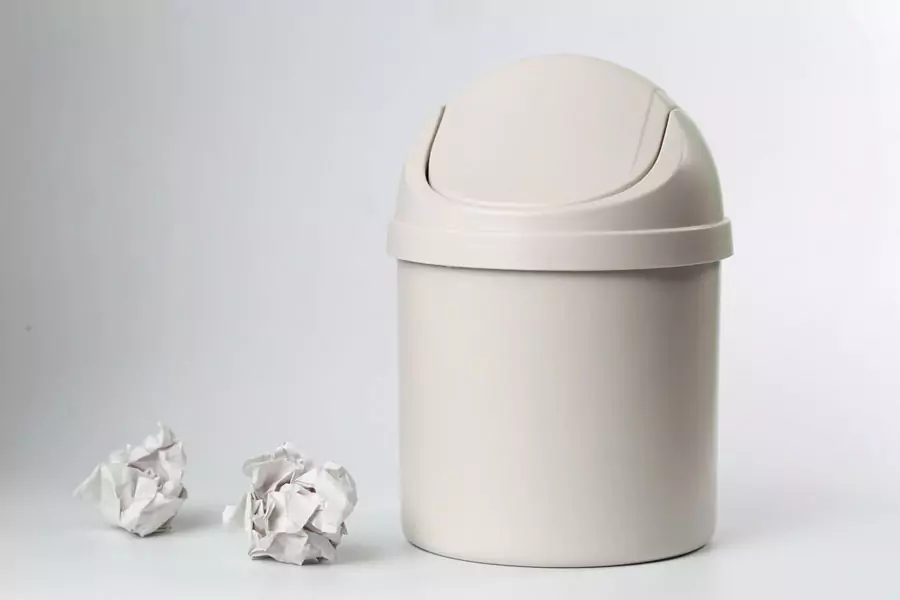
The Most Responsible Ways to Throw Away Shredded Paper
Shredded paper may look harmless. But if you show carelessness in getting rid of it, big problems may occur for both the environment and your community. At ANS Plastics Corp, we believe that sustainable disposal is the key to protecting the environment. In this post, we’ll walk you through the most responsible ways to throw away shredded paper, step by step.
Why Proper Disposal of Shredded Paper Matters
Shredded paper floats more than regular paper. A light breeze can scatter it from your recycling bin or trash truck. When taken to a recycling facility, little strips can cling to machines or harm other materials. That creates a mess and reduces the quality of recyclable products. Therefore, it’s important to handle shredded paper differently from whole sheets.
Let’s look at some of the most responsible ways to throw away shredded paper:
1. Keep It Contained Before Disposal
First, you must contain shredded paper to ensure it actually makes it to recycling. Many municipalities require shredded paper to be placed in a clear plastic bag, a sealed paper bag, or a closed cardboard box.
When you seal it, you prevent it from flying away. Many communities ask residents to place shredded paper in a paper bag that’s stapled or taped shut. In other areas, clear plastic bags work, and they also allow recycling workers to verify contents quickly. So, always check your local requirements before choosing your container.
2. Contact Your Local Recycling Service
Next, don’t assume your standard curbside recycling service accepts shredded paper. Since its tiny cuttings can disrupt sorting machinery, many haulers expect you to bring it to a dedicated drop-off point.
Alternatively, if curbside collection works in your area, place the securely sealed container right at your bin for pickup. That method still works, but always verify what your recycler accepts.
3. Visit Shredding Events (When Available)
Some cities host shredding events. You can bring your documents, and organizers will shred them on-site. Afterwards, these shreds go into local recycling streams safely.
Even if your paper is already shredded, you can participate. These events provide extra security for sensitive papers and, at the same time, play an important role in protecting the environment.
4. Compost It: At Home or Through Municipal Programs
Shredded paper can serve as “brown” material for compost. In a home composter, you can mix it with green matter like food scraps or yard waste. It decomposes quickly because it’s already in small pieces.
Moreover, there are cities that take in shredded paper through their organic waste collection. Look up the rules: if yes, then you can combine it with your other compost. It crumbles to a light, fluffy mulch that environmentally replaces chemical fertilizers.
5. Reuse it in Creative, Practical Ways
Before throwing away shredded paper, think about possible reuse. For example:
- Use shredded paper as packing material instead of plastic peanuts or bubble wrap.
- Line small pet cages, such as for rabbits, hamsters, or guinea pigs. Most people don’t know, but paper bedding is absorbent and cost-effective.
- Reserve it for papier-mâché, art supply packaging, or gift wrapping.
You help circular living by reusing shredded paper instead of sending it to the trash.
6. When All Else Fails: Dispose Safely
If your area doesn’t accept shredded paper for recycling, compost, or reuse, seal it securely and send it to a landfill as a last resort. Yes, landfilling is the least sustainable path. But if shredded paper has personal or sensitive information, safety comes first. Put the shreds in a strong trash bag and dispose of them properly.
Real-World Experiences
There are many online platforms where people share helpful practices. On Reddit, one user commented:
“Two options – recycle into your recycle bin if it accepts the material… or use it as compost/mulch. Alternatively, dig a hole and bury it.”
Another user wrote:
“My community recycler asks that we bag shredded paper in paper grocery bags, stapled shut, and place that in our bin for pick up.”
These voices underscore how local guidelines vary, and how you can adapt responsibly.

Putting It All Together
Here’s a step-by-step summary:
- Contain the paper: You can go for a clear plastic bag or a sealed paper bag.
- Check local rules: Confirm whether your service accepts shredded paper or if a drop-off is needed.
- Go to events when possible. Shredding events offer secure and efficient processing.
- Compost if permitted. Shredded paper makes excellent brown material.
- Find smart reuse options. Protect fragile items, craft with it, or use it as pet bedding.
- Play it safe with trash. If required, seal it and send it to the landfill—only after exhausting other options.
Why ANS Plastics Corp Promotes Smart Disposal
At ANS Plastics Corp, we firmly believe that responsible disposal protects both people and the planet. By containing shredded paper, avoiding contamination, and choosing reuse or composting. This way, you help reduce waste and boost recycling efficiency.
Moreover, when you follow local rules, you support smoother recycling operations. Those actions improve sustainability for everyone, whether they are neighbors, businesses, and local governments.
Ready to Dispose Responsibly? Start Today
Shredded paper poses unique disposal challenges. However, a few careful steps can turn it from a hazard into a resource. Whether you recycle, compost, reuse, or dispose of shredded papers safely, each step makes a difference.
Responsible disposal always starts with a small action. Seal your shredded paper. Check what your town allows. Reuse it where smart. Compost it where possible. Send it where necessary. And always, always, make informed choices.
At ANS Plastics Corp, we invite you to make those choices with confidence, and at the same time, join our commitment to sustainability. Together, we keep paper flowing back into the system and protecting the world we share.
